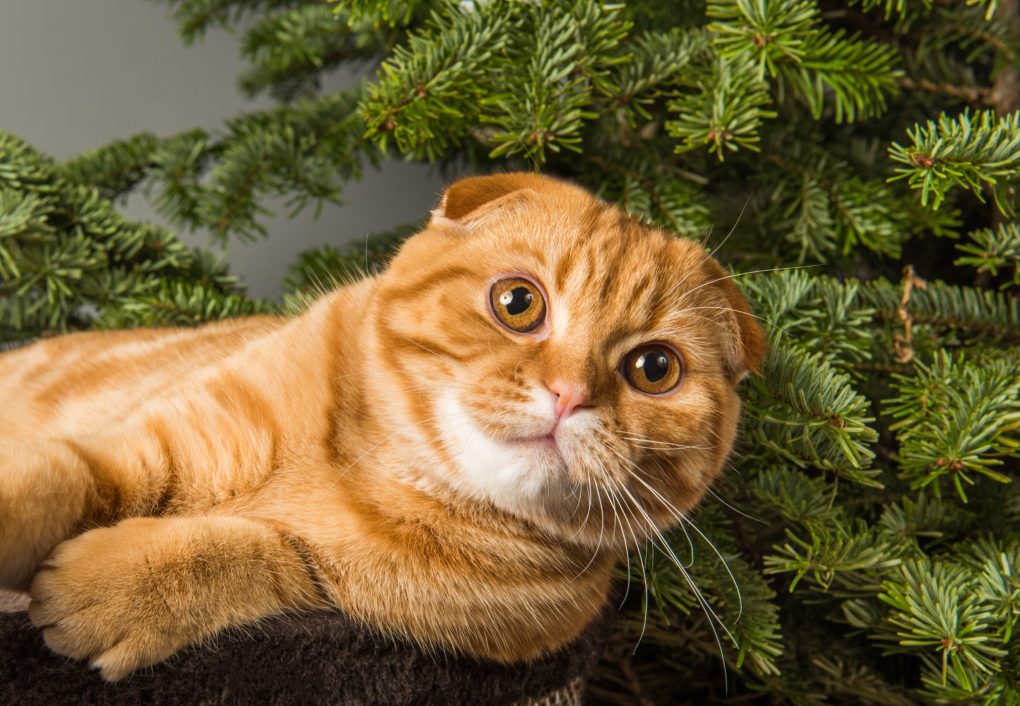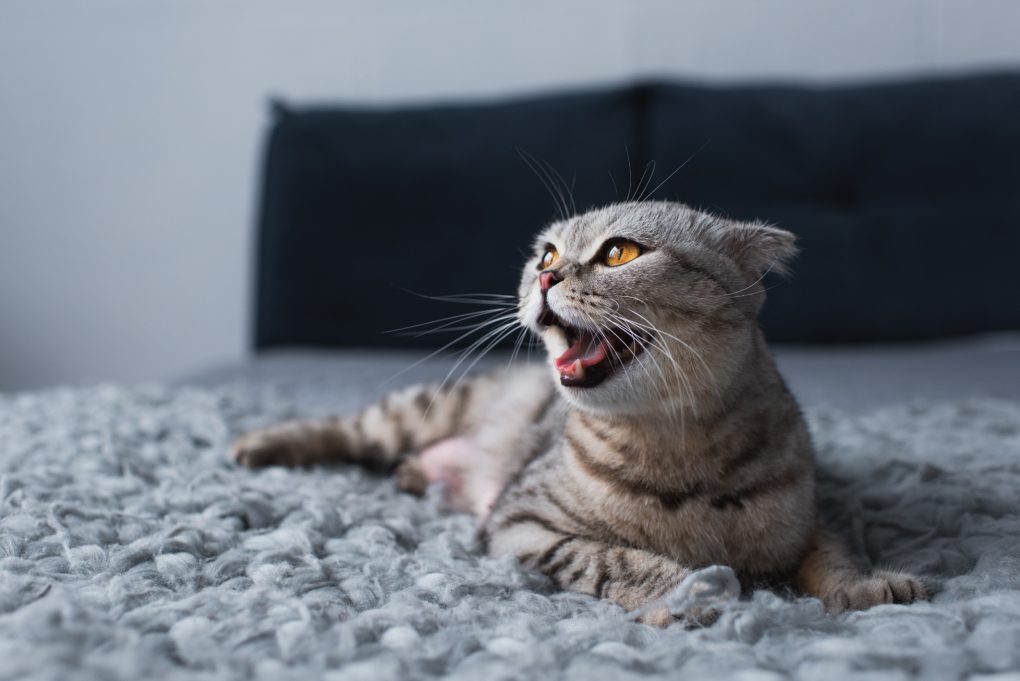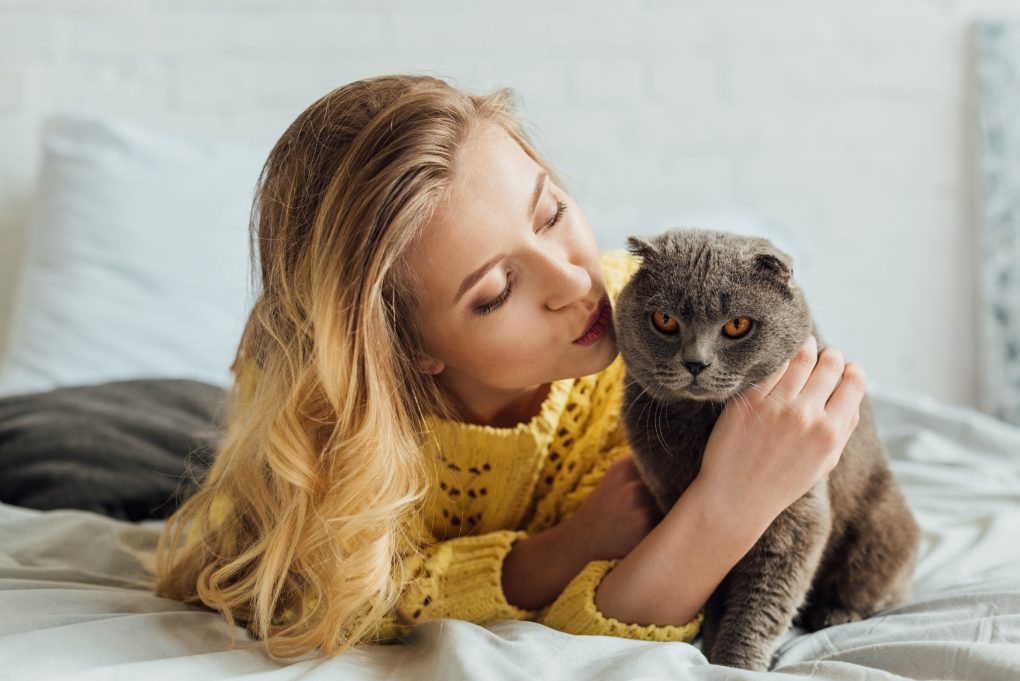Scottish Fold vs. Exotic Shorthair: Get to Know Scottish Fold and Exotic Shorthair
The Scottish Fold and Exotic Shorthair are both breeds of domestic cats, but they have distinct differences in physical appearance and personality.
Physical Appearance
- The Scottish Fold is known for its distinctive folded ears that give it an owl-like appearance. They have a round head, wide-set eyes, and a short, dense coat that comes in various colors.


- The Exotic Shorthair is a cross between the Persian and the American Shorthair. They have a round head, short nose, large round eyes, and a short, thick, plush coat in various colors.
Personality
- Scottish Folds are known for their affectionate, friendly, and easy-going personalities. They enjoy being around people and tend to bond closely with their owners.
- Exotic Shorthairs are known for their affectionate, laid-back personalities and are very similar to the Persians in terms of personality. They are low-maintenance cats that love to relax and cuddle with their owners.
Living Space and Grooming
- Both breeds are suitable for an indoor living but have different exercise needs. Scottish Folds are more relaxed, while Exotic Shorthairs are more laid-back and don’t require as much exercise.
- Exotic Shorthairs have a thick, plush coat that requires daily grooming to prevent matting and tangling.
Table of Contents
Comparison of Scottish Fold and Exotic Shorthair
History
The Exotic Shorthair is a breed developed in the United States in the 1950s, confirmed with ASPCA Pet Insurance. They were created by breeding the Persian cat with the American Shorthair; the goal was to create a cat with the sweet personality and round face of the Persian but with a short, easy-to-maintain coat.
The Scottish Fold, on the other hand, originated in Scotland in the 1960s. The breed was created by breeding a cat with naturally folded ears named Susie, with a British Shorthair. The folded ears, a dominant gene, were passed on to the offspring, and Scottish Folds are known for their unique ear shape, calm and affectionate personalities, and love of being around people.
Appearance
The Scottish Fold is known for its distinctive folded ears that give it an owl-like appearance, a round head, wide-set eyes, and a short, dense coat that comes in various colors, patterns, and lengths.


The Scottish Fold has a compact, rounded body with short legs and a short, broad tail. Their ears are the most striking feature of the Scottish Fold, as they are folded forward and downward, giving the cat a unique, distinctive look.
The Exotic Shorthair is a cross between the Persian and the American Shorthair. They have a round head, short nose, large round eyes, and a short, thick, plush coat in various colors and patterns. They have wide-set eyes and round faces, with short noses and snubbed profiles.
Exotic Shorthair has a round, compact body with short legs, a fluffy tail, and a dense, plush coat in various colors and patterns.
Hypoallergenic
Both the Exotic Shorthair and the Scottish Fold are not considered hypoallergenic. Hypoallergenic cats produce less protein Fel d 1, the primary allergen that causes allergic reactions in people. However, both the Exotic Shorthair and the Scottish Fold have a dense, short coat that requires grooming, which means they will still produce dander (dead skin cells) and other allergens.
It’s worth noting that no cat is entirely hypoallergenic, and even cats that produce less of the allergen Fel d 1 can still cause an allergic reaction in some people. So if you are allergic to cats and considering getting one, it’s best to spend some time with the specific cat you are considering to see if you have any reactions before bringing it home.
Shedding
Exotic Shorthair cats have dense, plush coats requiring regular grooming to prevent matting and tangling. They shed moderately throughout the year, but shedding may increase during seasonal changes. Regular grooming with a metal comb or brush can help remove loose hair and minimize shedding.
Scottish Fold cats have a short, dense coat that is relatively low-maintenance. They shed, but the amount of shedding may vary depending on the individual cat, their diet, and overall health. Regular grooming with a metal comb or brush can also help remove loose hair and minimize shedding.
Lifespan
Exotic Shorthair and the Scottish Fold have a similar lifespan; on average, they live around 12-15 years. It’s important to note that lifespan can vary depending on genetics, diet, and overall health. This is due to several factors, including health problems and cataracts. In general, exotic shorthair cats have a higher rate of health problems, which may lead to shorter lifespans.
Health Issues
Some Scottish fold cat health issues include hereditary cataracts, inability to see in low light conditions, chronic skin diseases, immune-mediated diseases (e.g., feline herpesvirus), kidney disease, and nutritional deficiencies.


Some exotic shorthair cat health issues include obesity/weight problems, feline immunodeficiency virus (FIV) infection, feline leukemia virus infection (FeLV) infection, hypothyroidism (an underactive thyroid gland), deafness/dizziness/head bobbing/cataplexy (a sudden loss of consciousness), and behavioral issues such as kitten shyness or fearfulness/instability.
Price
On average, the cost can range from $500 to $1,500. Scottish Fold cats can also vary in price, but they tend to be more expensive than Exotic Shorthairs. The average cost for a Scottish Fold cat can range from $1,000 to $3,000 or more. It’s important to note that these prices may vary depending on location and breeder.
Breeders
Exotic shorthair breeders focus on producing the rarest and most unique cats available. They use selective breeding methods to create cats with unusual features and personalities. These cats are often sought after by cat lovers and owners, who seek out these unique cats to add to their feline family.
Scottish fold breeders are less specialized and produce a wider variety of cats. These cats are more common and can be found in more locations, making them more accessible for cat lovers. Both breeders offer high-quality cats that are well-suited for various homes and families.
Adoption
Exotic shorthair adoption is more popular than Scottish fold adoption in the United States. Many cat shelters struggle to find homes for exotic shorthair cats due to their unique appearance and personality. But adopting an exotic shorthair cat ensures that some cat-sized souls out there can’t quickly be adopted or rescued.
Plus, exotic shorthair cats tend to be more challenging to care for than Scottish fold cats, making them a better choice for some people. Shorthair cats are known for their affectionate personalities and unique looks; it’s worth considering all options before making a cat-shelTER decision.
